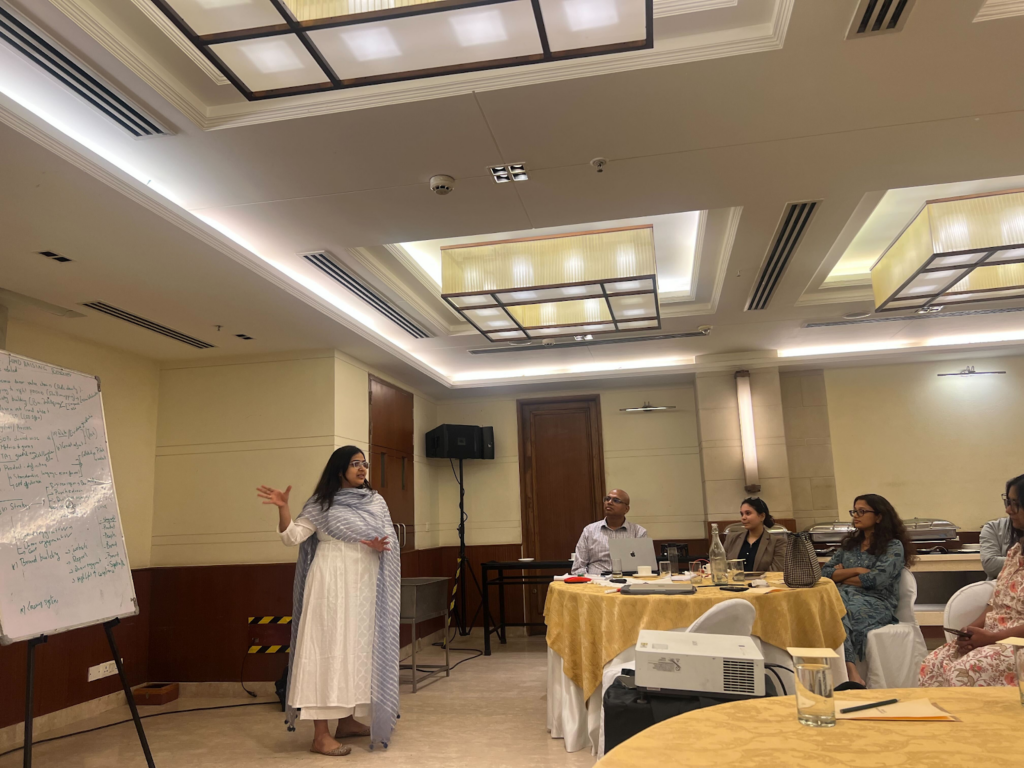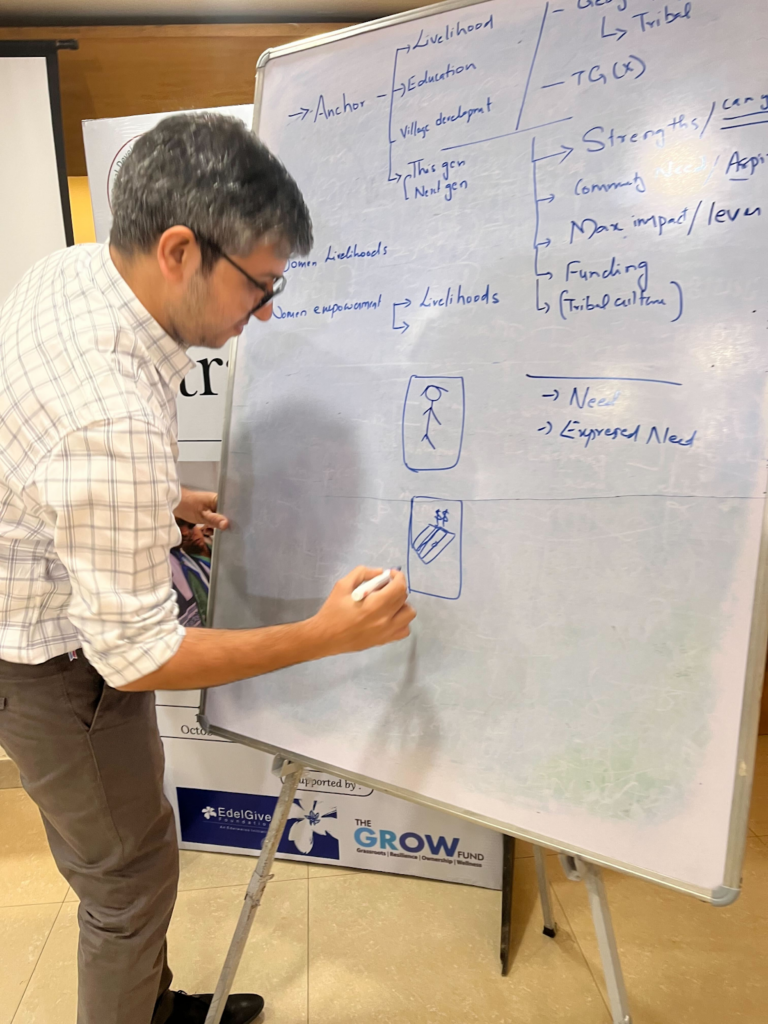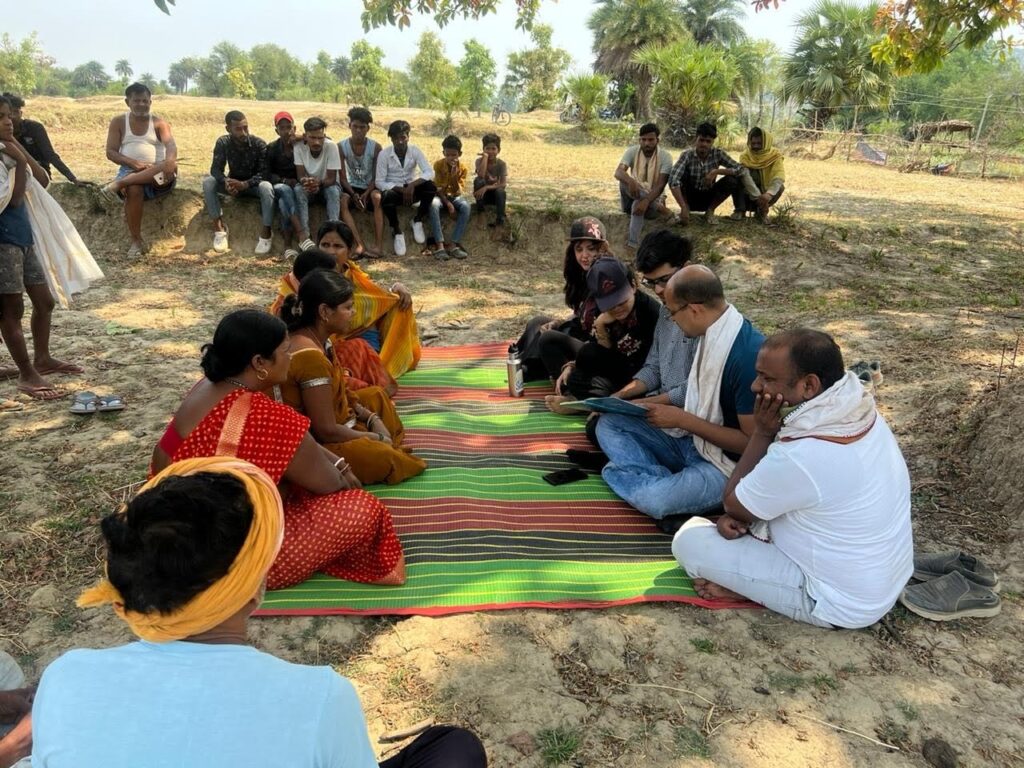Conducting an ESG benchmarking exercise is as much about education as it is about a company improving its own operational performance. Companies can learn not only from their industry leaders but also from smaller, less resourced companies employing creative or innovative approaches. By examining the programs, policies and processes adopted by their peers and regional competitors, companies can reallocate resources and personnel to address core exposure concerns, curb future non-compliance issues and improve managerial oversight on emerging ESG risks.
The information gathered through corporate ESG benchmarking has been used by companies across a variety of sectors to better understand their own ESG position, and their position relative to peers and industry-leading practices.
Client Brief
A global leader in automobile manufacturing received a middling score in responsible business rankings (on a specific rating framework) for their India unit. This is despite their robust environmental strategy which seeks decarbonisation by 2050, as well as their multiple ESG-based initiatives towards setting up sustainable supply chains, community development and strengthening labour relations. It was clear that their score did not align with these commitments.
The client reached out to Sattva with the objective to benchmark their ESG performance against the top 10 companies as per the rankings. The engagement required Sattva to compare practices across peers and then provide inputs by identifying gaps in the client’s current ESG strategy and interventions. These were to be presented through consolidation of learnings along with a proposed roadmap, against the company’s aspiration to feature consistently among the top performing companies in such rankings over the medium to long-term.
Sattva’s Approach
- Sattva initiated this engagement with an understanding that industry, sector and even the geography of a company influence its ESG parameters and goals. Hence, we identified and carefully selected the top 10 companies to benchmark this company against, by using a two-factor scoring framework that assessed the rank achieved by the company, as well as the recent performance rating acquired by the client.
- Since rating agencies use their own methodology and have an established scoring framework, we worked towards building the core framework that in turn referred to existing frameworks but was largely based on the chosen framework of the rating agency.
- Data of the top performing companies, as well as our client organisation, was collected from the public domain, such as annual reports, sustainability reports, press releases, etc. Next, we synthesised the data to arrive at common company practices as well as best and unique practices. We also identified broad trends and useful frameworks used towards realising such practices. These insights were presented across the 21 ESG thematic areas that we had identified as part of the framework used by the ranking’s agency
- Some of these insights into our client’s practices were further calibrated through discussions with their leadership.
- The recommendations were presented to the Indian leadership under three categories – best practices by the client that needed to be continued, better practices that needed to be imbibed and practices that were done but not reported/communicated effectively.
People and Expertise
The Corporate ESG team delivered the engagement.
Beneficiary Profile
- Geography agnostic – Desk research
- 10 companies – 88 parameters across E, S and G
- Demographic markers – NA
- Partners – NA
Methodology
- Sattva conducted this assignment entirely through desk research and leadership consultation over a period of 3.5 months
Key Takeaways
- Our work on this assignment helped us to develop certain broad recommendations for companies seeking to enhance their ESG work and aligned ratings: Investing in horizontal areas such as staff development and leadership
- Using appropriate technology and data tools towards facilitating ESG practices.
- Creating an in-house organisational division towards a sustainability function.
- Collaborating with industry peers/academia/think tanks towards thought leadership and to driving internal ESG practices across the varying themes of ESG.
- Making disclosures and delivering on reporting in line with industry standards set by technical bodies such as GRI and SASB, as well as regulatory requirements such as SEBI’s Business Responsibility and Sustainability Reporting (BRSR).
- Engaging in rigorous and continuous improvement with respect to their existing ESG practices and policies in alignment with the nature of their industry and the structures and processes they follow.
- Obtaining third-party assurances through certifications, and validating ESG controls and performance which provides immense credibility to investors and augments the company’s standing in the ecosystem as a sustainability champion, further driving them to improve their practices.
Project Deliverables
We provided the client with a comprehensive strategy deck highlighting the key recommendations by the Sattva team based on our research and analysis of insights/ information gathered. The CSR strategy was presented to the board by Sattva’s leadership team and was approved unanimously. Finally, we also developed frameworks to structure the overall portfolio and improve the monitoring of CSR projects.
Sattva’s Impact
Our recommendations to support the company’s ESG efforts and ranking have had business impact have a business impact but cannot be directly attributed to our recommendation. Post this engagement, Sattva won two further engagements with the same client, one of them a multi-year, retainer engagement.




